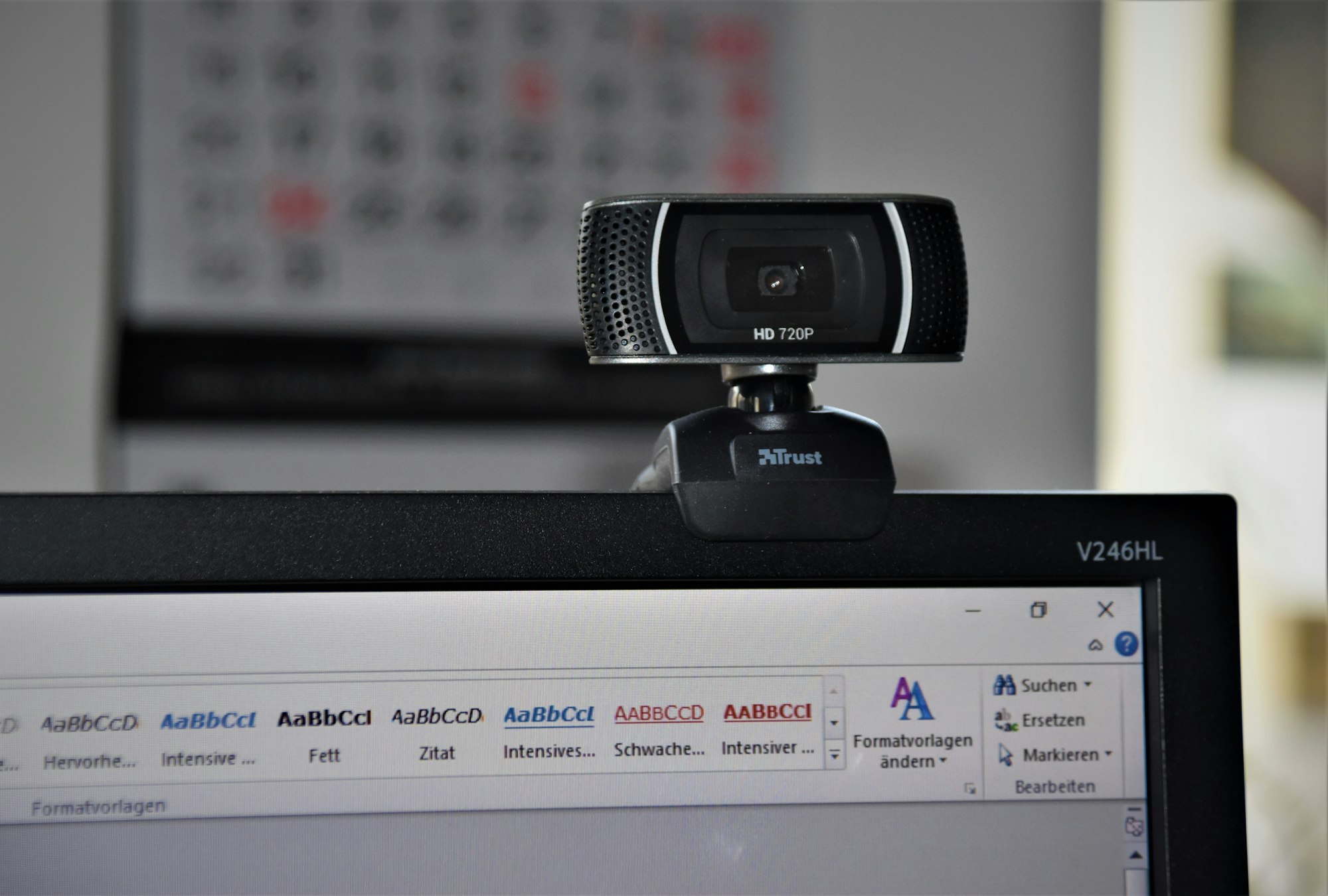Meteor is a unique open-source multi-platform full-stack JavaScript platform. To put all these in one sentence may not seem that unique, but comparing it to other JavaScript frameworks and platforms it offers unique more than building web apps.
The Meteor app is consisting of a server and a client as it makes a use of client's (browser) database and sync data between clients and server.
With Meteor, developers can build web apps, mobile apps (iOS, Android), server apps, bot apps, or use it as a backend with its powerful DDP (Distributed Data Protocol) for mobile, web or desktop apps.
I have been using Meteor for years, with different frameworks, Blaze, Angular, React and recently Vue. I have a seamless experience using it as a backend for Flutter app.
In this quick tutorial, we will learn how to access and use the webcam through a Meteor client (browser).
Meteor Camera package
As Meteor is using Cordova for mobile development (iOS and Android), It can access the mobile camera easily through a Meteor package or Cordova package.
Meteor Developer Group (MDG) created a special package to access the web browser's camera API, which does not require much for setup.
Meteor and HTML Camera Video and Audio
However, in this tutorial we will use HTML-5 which works seamlessly with BlazeJS the first client-side template-ready framework.
getUserMedia() has been available since Chrome 21, Opera 18, and Firefox 17. With getUserMedia(), you can finally tap into webcam and microphone input without a plugin.
Later, I will publish some tutorials about how to do the same with React, Angular and Vue.
Related Articles in Tutorial
What is Astro?
Astro is an exceptional and highly versatile framework that is perfectly designed for the construction of static websites, placing HTML at the forefront. It not only offers support for server-side rendering but also accommodates hybrid rendering, making it a flexible choice for various project requirements.
As a
Before we start, it is important to add the following Disclaimer by the project creators.
Disclaimer for Google Maps Scraper Project
This Google Maps Scraper is provided for educational and research purposes only. By using this Google Maps Scraper, you agree to comply with local and international laws regarding data
Dask is a powerful Python library designed to scale the capabilities of pandas and NumPy by allowing parallel and distributed computation.
It's particularly useful for working with large datasets that don't fit into memory because it breaks down the large dataset into manageable chunks and processes
In this tutorial, we will explore how to upload files to a directory using Flask, a popular Python web framework. Flask provides a lightweight and flexible way to handle file uploads, allowing you to build web applications that accept and store user-submitted files.
We will walk through the step-by-step process
To read a large text file in Python without loading it into memory, you use a technique that reads the file line by line. This is achieved by opening the file in a context manager (with statement) and iterating over it with a for loop.
Each iteration reads a single
An application or admission essay is a paper written by a student who applies to a specific educational institution, program, or scholarship.
The main purpose of the application essay is to introduce the author or a person who applies to the application committee. The student should describe their relative experiences
Next.js is a popular open-source framework for building server-side rendered and static web applications using React. It provides an efficient and developer-friendly environment for creating fast and scalable web projects.
With Next.js, you can easily handle routing, server-side rendering, and API routes, among other features.
Vercel Postgres
Vercel
About the Tech Stack!
Tauri is a framework for building cross-platform desktop applications using web technologies such as HTML, CSS, and JavaScript. It provides a bridge between the web frontend and the native backend, allowing developers to create high-performance and native-like desktop applications.
React is a popular JavaScript library for
What is Flutter?
Flutter is an open-source UI software development kit created by Google. It is used to build natively compiled applications for mobile, web, and desktop from a single codebase. Flutter uses the Dart programming language and provides a rich set of pre-built widgets and tools for building beautiful
What is Flask?
Flask is a lightweight and flexible web framework for Python. It provides a simple and minimalistic approach to building web applications.
Flask is known for its simplicity and ease of use, making it a popular choice for developers who want to quickly build small to medium-sized web

